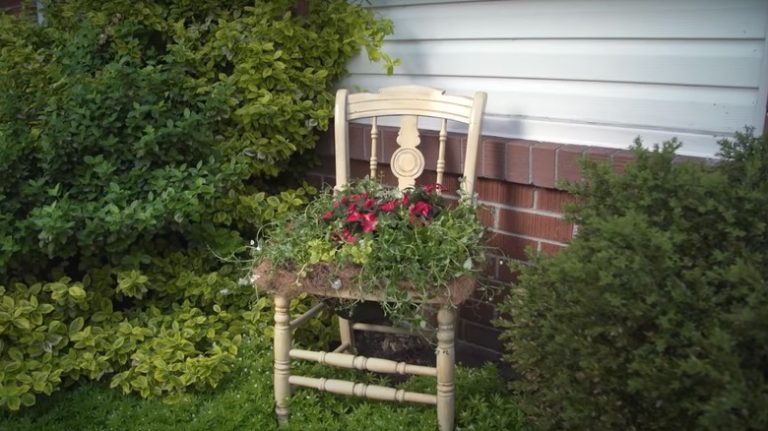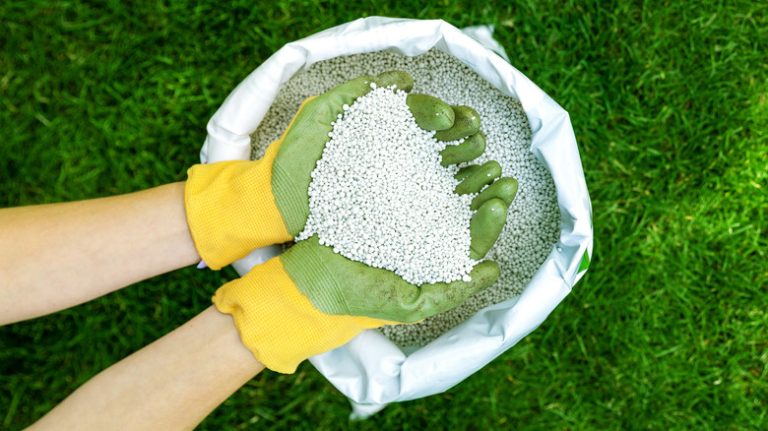Dormant lawn seeding is an innovative lawn care approach that operates outside the traditional gardening calendar. It involves sowing seeds during the colder months, when most garden activities cease and most plants lie dormant. Rather than a standstill, think of it as an opportunity for off-season lawn rejuvenation.
While it may seem counterintuitive, dormant lawn seeding leverages the natural cycle of the seasons. As the temperatures drop and frost begins to appear, you sow the seeds that will stay dormant throughout the winter, patiently awaiting the arrival of spring to germinate. This is not a question of battling against the elements but rather working in harmony with them. Winter, in this case, is not an adversary, but a silent ally in your lawn care strategy.
The appeal of this practice lies not only in its timing but also in its promise of efficiency and effectiveness. Beyond leveraging the dormant season, it offers several benefits, including the potential for a lush, vibrant lawn. This intriguing technique might be exactly what you need to revitalize your lawn with minimal effort.
Understanding dormant lawn seeding

If you’re considering the practice of dormant lawn seeding, there are several key factors to keep in mind. First, determine the right timing for your region. Timing is everything when it comes to dormant lawn seeding, so understanding your region’s weather patterns is critical. Experts recommend starting around late October to mid-November, or before the first frost. The type of seed you choose is another important factor. When you’re seeding your lawn during the winter months, it’s recommended that you opt for cool-season grass seed. However, you must still consider your location’s climate and soil conditions and select a grass type that’s well-suited to your region.
Remember that well-prepared soil is a strong foundation for a healthy, thriving lawn. It drastically amplifies the likelihood of successful grass seed germination, leading to a lush and verdant lawn. Following the seeding, it’s time to embark on a regimen of careful maintenance. Although the seeds are dormant during the winter, they’re not immune to the requirement for hydration. They need watering, but the amount should be controlled; too much water can potentially lead to rot and inhibit growth.
Above all, patience is a virtue when it comes to dormant seeding. Winter can often make your efforts seem fruitless, with no visible progress. Yet, do not allow this to dishearten you. The lawn will show signs of new growth as spring approaches, helped along by favorable weather and diligent maintenance, rewarding your perseverance and hard work.
Benefits of dormant lawn seeding

Dormant lawn seeding presents multiple advantages. Firstly, it is a convenient and efficient way to establish your lawn. Since the process occurs during the winter, it does not compete with your busy spring or summer gardening schedule. It allows you to restore your lawn during those less busy months.
Secondly, dormant seeding can result in the early greening of your lawn in the spring. Since the seeds are already in place, they can sprout at the earliest opportunity, when soil temperatures and moisture levels are right. This germination head start is also a powerful tool for suppressing weeds. As the early-sprouting grass establishes itself, it occupies space and absorbs resources that weeds could otherwise claim in the spring. This competition limits the opportunity for weeds to grow, leading to a healthier, weed-free lawn.
Lastly, it’s worth noting the unique advantage of dormant seeding — the enhancement of seed-soil contact. When you sow your seeds during the colder months, the natural freeze-thaw cycles throughout the winter play a significant role in preparing the soil. This cyclical process helps to break down the hard surface of the soil, creating openings and channels that can incorporate the seeds more efficiently. The increased seed-soil contact promotes better water absorption once spring arrives and temperatures rise. This, in turn, can significantly improve germination rates. It’s a simple but powerful example of how working with nature, rather than against it, can yield superior results in your lawn care practices.



